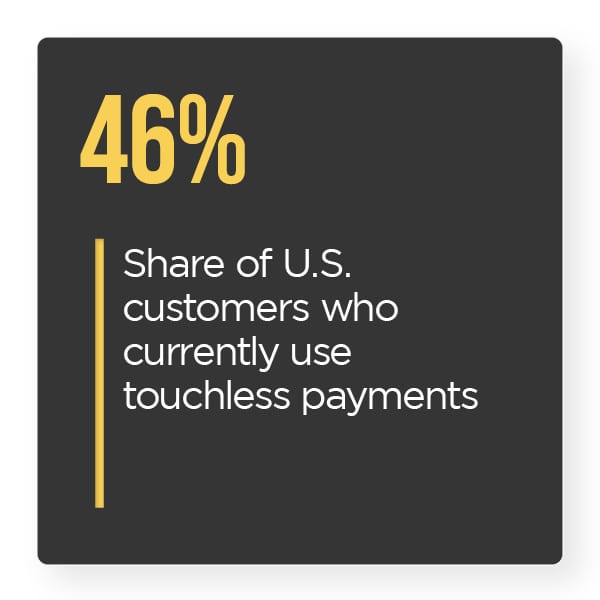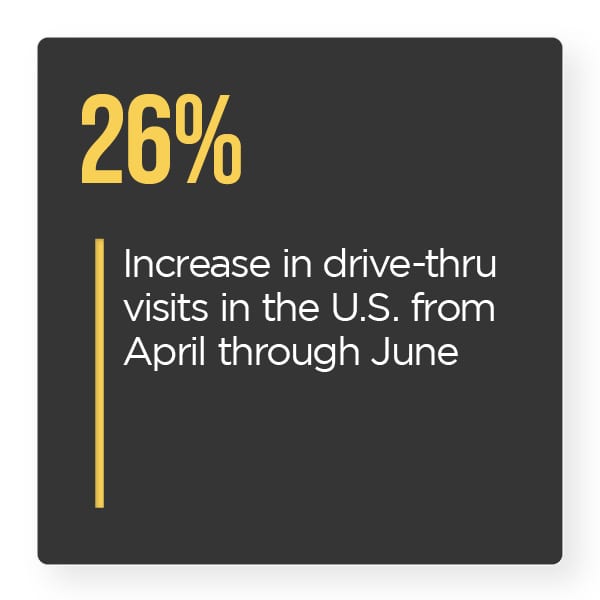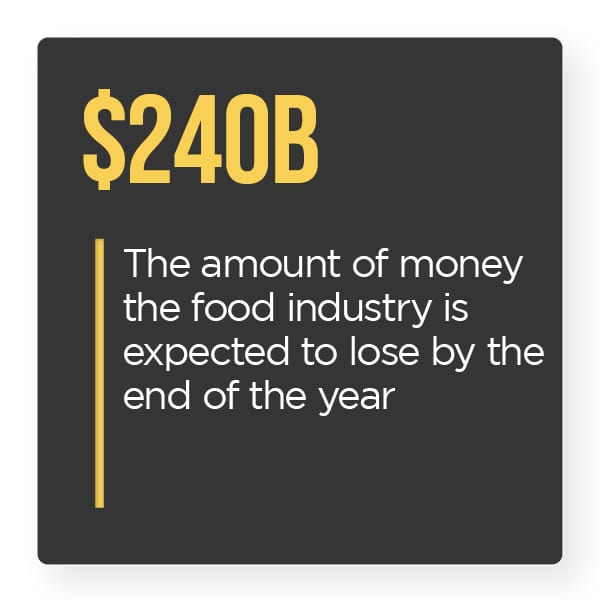
Few sectors have experienced such radical change in consumer purchasing habits during the pandemic than the quick-service restaurant (QSR) industry.
Restaurants turned to digital channels to keep customers and staff safe and adopted QR codes, contactless payments and other tools to order and pay for food. One survey revealed that 34 percent of consumers prefer ordering through restaurants’ apps or websites, while 42 percent said they place digital orders and pick them up curbside.
 The November Order To Eat Tracker® explores the impact of the pandemic on restaurant ordering, and how eateries are responding to the challenges posed by higher ordering volumes and demand for contactless payments.
The November Order To Eat Tracker® explores the impact of the pandemic on restaurant ordering, and how eateries are responding to the challenges posed by higher ordering volumes and demand for contactless payments.
Developments From The Order To Eat World
The pandemic has spurred regulatory changes as many states required restaurants to provide diners with disposable menus. The mandate, which is proving costly for small businesses, prompted two Massachusetts pubs to introduce QR codes and icons that link to a menu, a cocktail list and beer list, respectively. The feature comes amid customers’ evolving demands for contactless experiences. Sixty percent of Americans reported in 2019 that they did not need touchless payment options. Today, such payments comprise more than 20 percent since the onset of the pandemic. Forty-six percent of all consumers and more than half of those under age 35 use touchless platforms.
There are ample reasons to meet consumer demands, too. About 100,000 restaurants, or one in six in the United States have closed permanently or for extended periods since the pandemic hit in March, and there may be more to come. The devastation has resulted in as many as 3 million employees out of work as the sector is slated to lose $240 billion in sales by year-end, according to a National Restaurant Association survey. Restauranteurs were asked how COVID-19 has impacted their businesses and researchers reported that most continue to struggle and do not anticipate improvements into the first quarter of 2021. This is an indication of how serious it could be if  QSRs fail to deliver.
QSRs fail to deliver.
Consumers are using upgraded features to minimize physical contact, but it hasn’t always gone smoothly. A study found that the average drive-thru time at the country’s top 10 chains has slowed by nearly 30 seconds as demand has surged. Still, there have been hopeful signs: Two pizza giants, Papa John’s and Domino’s Pizza said their business has grown because takeout and delivery services were in place to help handle these ordering surges.
For more on these and other order to eat news items, download this month’s Tracker.
Sprinkles On Its Transition To All-Digital Ordering Amid The Pandemic
Many restaurants and QSRs had to quickly adopt contactless ordering, curbside pickup and other touchless features to keep revenues coming during the pandemic. Higher digital ordering volumes also posed challenges as restaurants that were unequipped to handle this were especially overwhelmed.
In this month’s Feature Story, PYMNTS talked to Daniel Legh-Page, Sprinkles‘ vice president of technology and IT, about how the company’s three dozen bakeries prepared for the 100 percent digital shift to online ordering and payments with its  branded app, curbside pickup, takeout and delivery.
branded app, curbside pickup, takeout and delivery.
Deep Dive: How Seamless Payment Experiences Drive Consumer Spend, Conversion Rates
Ordering and payments by QSR customers have evolved from phone calls with credit card or paying with cash in-person to the later introduction of drive-thrus. Today, smartphones and other electronic devices have made it possible for diners to choose from a variety of touchless ordering and payment methods. Restaurants have needed strategies to meet customers’ demands for speed and convenience no matter whether they place orders by phone, online, on an app or at kiosks in or outside restaurants, particularly this year during the pandemic.
This month’s Deep Dive explores how as the nation’s eateries were shuttered or seat capacities dramatically reduced due to the pandemic, and how the QSR sector adopted a multichannel approach to attract customers and boost profitability.
About The Tracker
The monthly Order To Eat Tracker®, a Paytronix collaboration, offers coverage of the most recent news and trends in the restaurant ordering ecosystem.